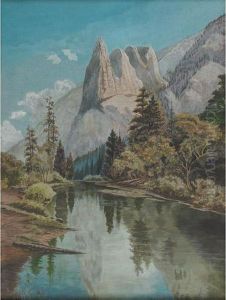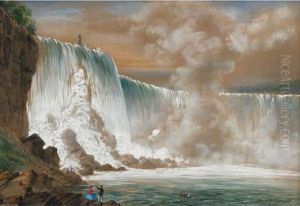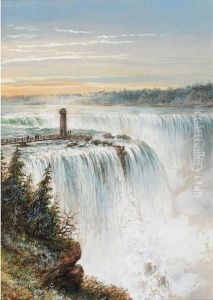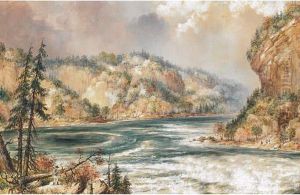Washington F. Friend Paintings
Washington F. Friend was a 19th-century artist known for his works as a lithographer and painter. The exact date of Friend's birth remains unknown, which is not uncommon for artists of this period, as archival records were not always meticulously kept or have been lost over time.
Friend was active in the mid to late 19th century, a time when lithography was a popular method of reproducing images for public consumption. Lithography, invented at the end of the 18th century, allowed for the mass production of prints, which could be widely distributed and sold. It was particularly important in the dissemination of images of landscapes, portraits, and scenes of daily life.
Washington F. Friend's work primarily consisted of landscape and maritime scenes. He is noted for his depictions of the natural world, often capturing the changing effects of light and atmosphere within his compositions. His maritime works frequently featured ships and harbors, reflecting the significance of sea travel and trade during his lifetime.
Although not as widely recognized as some of his contemporaries, Friend contributed to the visual culture of the 19th century. His prints and paintings would have been part of the growing market for art in the United States and Europe during a time of expanding middle-class patronage.
Unfortunately, the details of Washington F. Friend's life and career are not well-documented, and there is limited scholarly research available on him. The year of his death is approximately 1886, but specifics such as the cause of death or the location are not readily available in the public domain.
Despite the scarcity of information, Friend's remaining works are valuable for understanding the artistic trends and cultural landscapes of his era. Collectors and historical institutions may hold his pieces as part of their collections, and these works continue to be of interest to those studying 19th-century art and printmaking.





















